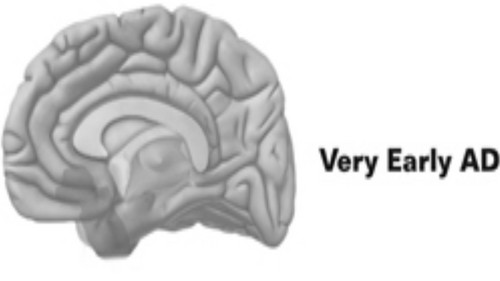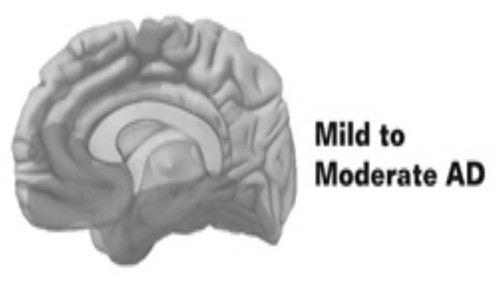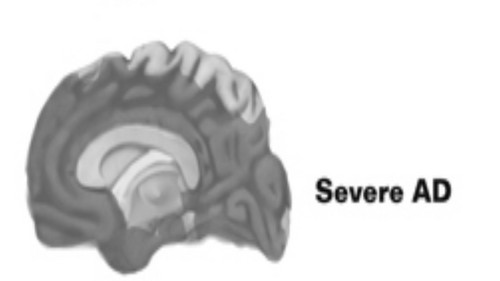How to Recognize the Stages of Alzheimer's Disease, v2
Twenty-five years ago 500,000 people had Alzheimer's Disease; today, 5,000,000 have AD. Twenty-four million people worldwide have dementia. National Alzheimer's Association estimates 18,000 nursing homes care for each 3.2 million clients with dementia. National Alzheimer's Association predicts 8.7 million individuals will have AD by 2030. U.S. Census Bureau estimates 15 million individuals will have AD by 2015.
As people live longer, more are being afflicted, straining our ability to provide adequate care.
Alzheimer's Disease is a neurodegenerative disease that, in its most common form, is found in people over the age of 65. AD is a degenerative disease that attacks the brain and results in impaired memory, thinking, language and behavior ...a specific organic condition that develops in only some human brains.
It is not senility. It is not part of the normal aging process. AD is a progressive neuro-degenerative disorder that affects memory, judgment and social function.
AD is the most common form of dementia, responsible for 70% of the cases.
AD is the fourth leading cause of death in adults in the U.S. after heart disease, cancer, and stroke.
AD is the third most expensive disease to treat after heart disease and cancer.
In later stages of AD, the brain shrinks ...the individual becomes more withdrawn. Personality changes include sudden anger and fear. Confusion increases; speaking turns to silence. Clients become more dependent on nursing staff. Swallowing and breathing shut down.
... ... ...

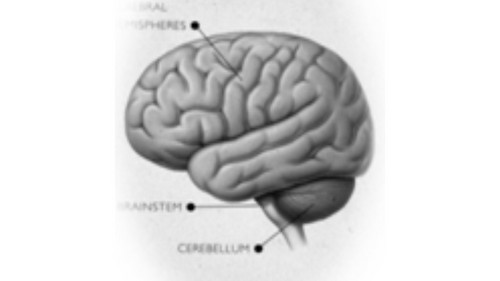
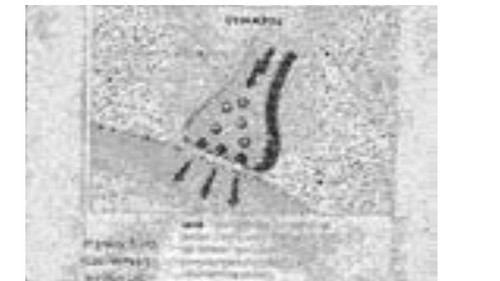
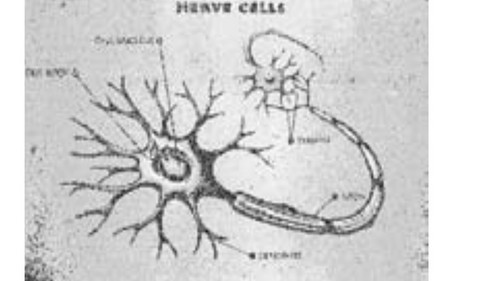
(above) The Hippocampus is located in the Limbic system; (ul) Hipocampus; (ur) brain hemispheres, brainstem and cerebellum; (ll) representation of a synapse with electro-chemical arc transferring info from one nerve cell to another; (lr) nerve cells.
Definition -- Neuroplasticity: ability of our brain to grow or shrink in size and mass.
Environmental stimulation, including sight, smell, taste, touch and education triggers our cells in our Hippocampus region to multiply, and become larger, denser and healthier. [28] Studies on cognitive methods (similar to Aging Thru Art Cognitive Art Intevention Therapy) w/significant outcomes, include: Hebrew Home for the Aged. [28] [29]
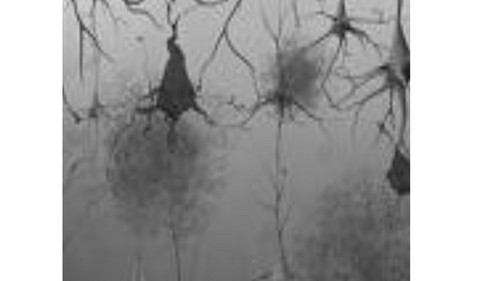
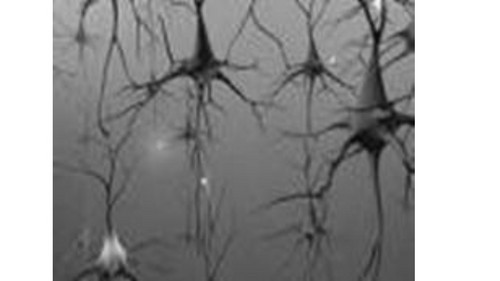
(above) Inside a living brain: (l) Dendrites w/cellular degeneration. (r) Healthy dendrites with enriched, dense connections.
Some scientists envision the beginning and progression of Alzheimer's Diseases as atrophying nerve cells slowing breaking down ... eliminating the electro-chemical relationships that uphold healthy cognitive functioning, (see illustrations, above; and explanation, below).
Early stage
- Plaques and Tangles develop in the Enthornal cortex
- The Enthornal cortex is essential for making new memories and retrieving old ones
Middle stage
- Over time abnormal cells move higher up through the Hippocampus
- The Hippocampus is responsible for complex memories, events, and life experiences
Last stage
- Plaques/tangles move up and across the brain to the Neocortex
- Breakdown of the neocortex eventually prevents orchestration of behavior, eating, and causes loss of all ADL's (activities of daily living).
----
[28] Diamond, 2001; Snowdon, 2002; Perry 2008
[29] Levine Madori, 2005, 2009
